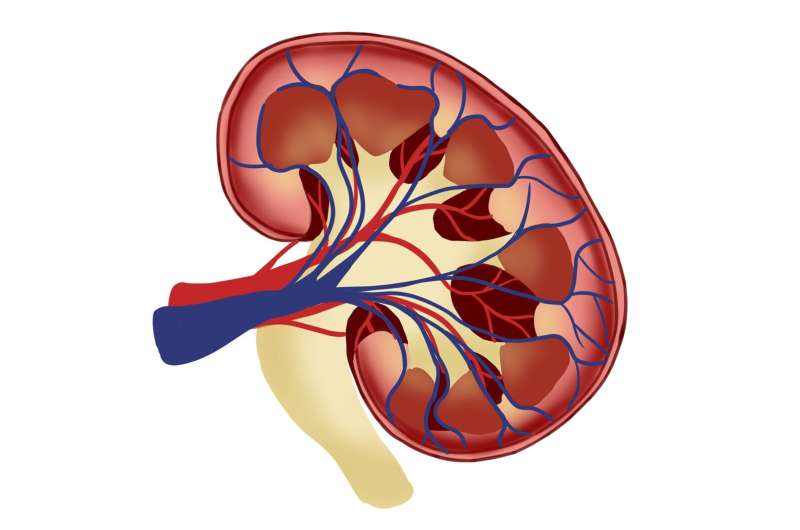Enhanced Access but Delayed Treatment in Telestroke Patient Care: Insights from a Michigan Study

A Michigan-led study reveals that while telestroke evaluations increase treatment chances, they also introduce significant delays, emphasizing the need for process improvements to ensure timely stroke care.
A recent study led by Michigan Medicine highlights that while telestroke evaluations significantly increase the likelihood of stroke patients receiving life-saving thrombolytic treatment, they are also associated with notable delays in administration. The research analyzed data from over 3,000 individuals with ischemic stroke across 42 hospitals, focusing on treatment times and outcomes.
Telestroke, a remote evaluation process utilizing telemedicine, was found to boost the odds of patients receiving clot-busting medication by 1.6 times compared to traditional in-person assessments. However, this advantage comes with a drawback: the 'door-to-needle' time—the interval from hospital arrival to treatment—was approximately seven minutes longer for telestroke patients. Consequently, the probability of delivering treatment within the recommended 60-minute window was reduced by 44%, with only 60% of telestroke patients achieving this target.
The study emphasizes that delays are more pronounced during patient transfers for advanced treatments such as endovascular thrombectomy, where telestroke patients experienced a 47-minute longer transfer time than in-person evaluations. Such delays can diminish eligibility for these critical procedures, which require prompt intervention.
Experts from the study underscore the potential of telestroke to transform stroke care access—especially in rural or underserved regions—yet highlight the urgent need to address systemic bottlenecks that contribute to treatment delays. Factors like limited EMS availability and difficulties in securing accepting hospitals further complicate timely transfers.
Timely stroke treatment is crucial; the American Heart Association recommends thrombolysis within 60 minutes of hospital arrival, as every minute of delay results in significant neuron loss. Initiatives like the Target: Stroke program aim to optimize these times, but current findings suggest that telestroke systems need improvements to meet these standards effectively.
Lead author Dr. Brian Stamm emphasizes that addressing these delays offers a major opportunity for quality improvement, which could substantially enhance patient outcomes. As telestroke expands its reach, healthcare systems must streamline processes to ensure rapid treatment, maximizing the lifesaving potential of this technology.
Source: MedicalXpress
Stay Updated with Mia's Feed
Get the latest health & wellness insights delivered straight to your inbox.
Related Articles
Innovative Urine Test May Predict Kidney Cancer Recurrence, Reducing Need for X-ray Scans
A new urine test shows great promise in predicting kidney cancer recurrence, potentially reducing the reliance on radiation-intensive scans and easing patient anxiety. Read about this innovative breakthrough in cancer monitoring.
Innovative Herpes Virus Engineering Enhances T Cell-Based Cancer Immunotherapy
A groundbreaking study from the University of Michigan explores how engineered herpes virus proteins can activate T cells, enhancing cancer immunotherapy and potentially improving outcomes for patients with tumors resistant to current treatments.
Advancements in Newborn Genomic Screening for Early Disease Detection
Discover how integrating genomic sequencing into newborn blood screening can lead to early detection of treatable childhood conditions, saving lives and improving outcomes. A recent study highlights the feasibility, acceptance, and life-saving potential of this innovative approach.
A Key Enzyme Regulates Cell Fate During Intestinal Regeneration
Memorial Sloan Kettering researchers have identified a metabolic enzyme, OGDH, that directs intestinal stem cell fate, influencing gut regeneration and healing during inflammation by regulating cell lineage decisions through metabolic pathways.



